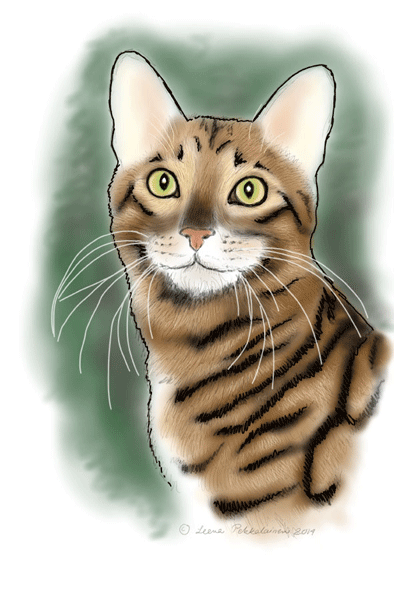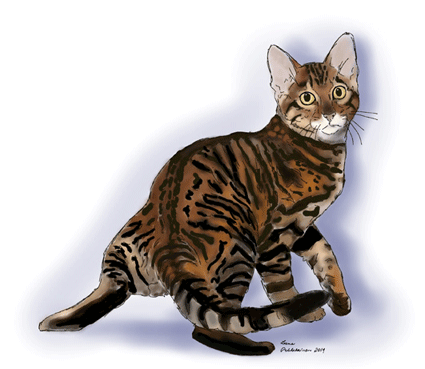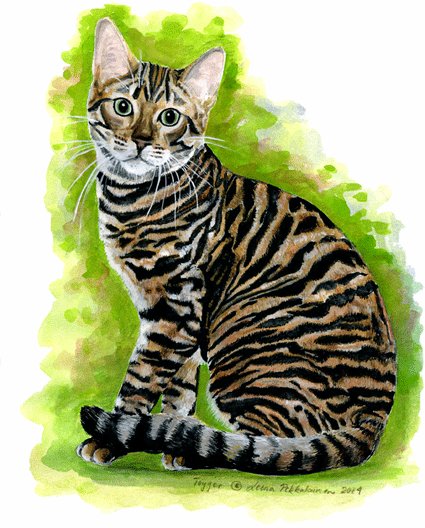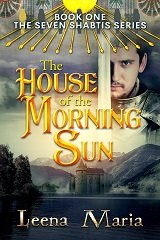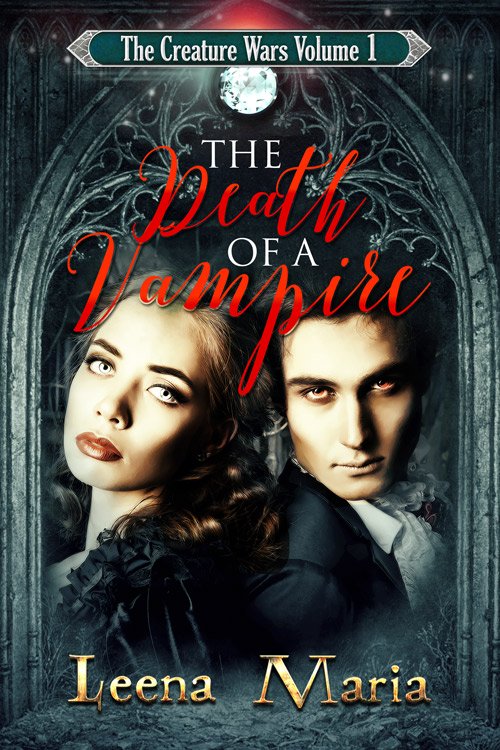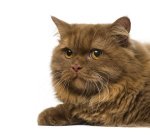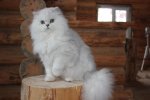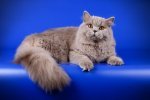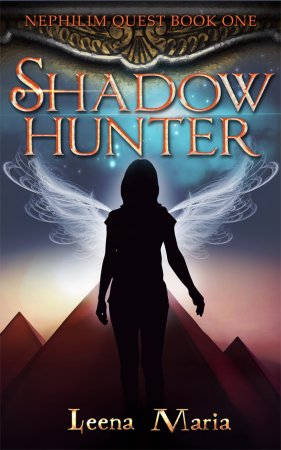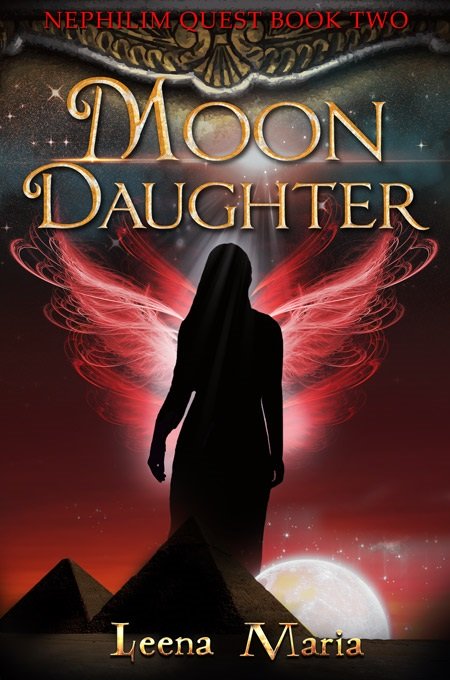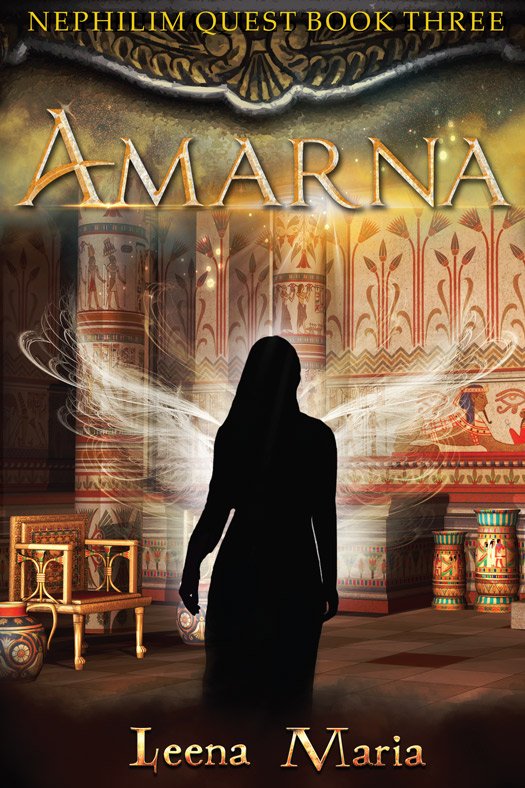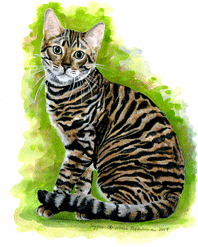Toyger Looks
The Toyger has has been specifically bred to resemble a small tiger. The cat's body type suggests a big cat, and so does the walk. It is elegant, purposeful, graceful and rolling gait. It gives every impression on tiger-like assertiveness. It is a medium-sized, domestic cat.
The pumpkin-colored coat with beautiful black stripes, circular face, at best whitened patterns on face and undersides of the body. The emphasis in the breeding process is to lengthen the muzzle, make the nose broader, the eyes and ears smaller, making the whisker pads bigger and the jawline sturdier. Also the large, long body is essential to show off those beautiful bold stripes.
The kittens often look less than Toygery when they are 6-10 weeks old. This is the time when the contrast of the stripes is very low, their hair is longer, and there is ticking to muddle the contrast even furter. This is because their guard hairs basically hide the pattern, even if they were originally born with a very clearly contrasted coat. Nothing to worry about, though, as usually after these few weeks the contrast pops back.
Kittens are often born with very small ears - the round small tiger ears really come to mind.
But once the "fuzzy" stage the kittens is over, they grow more beautiful by the day. Their color begins to deepen - first showing on the head, then the legs, and finally the rest of the body. The kittens reach their best looks at around 8 months old.
The name of the breed comes from toy + tiger = Toyger.
Here is more detailed info on the looks of this miniature tiger.
Toyger Head
The head is medium in size and oval and deep in shape (meaning there is plenty of back skull.).
It is well defined, muscular and rounded. If you look at the head from the side, it should form half of an hexagon (from chin to nose to forehead to back of head).
Neck
The neck is long and muscular. Some males may be so well-muscled that you don't see a clear shoulder-to-neck definition.
Muzzle
The muzzle is dominant, deep, skewed and cylindricial. (Strong terms, yes, but we are talking about tigers' proportions, even if in much smaller size). So what you have is a very well defined muzzle with muscular contours. Long, broad and deep (from medium length to long and deep).
The front muzzle is skewed forward - the idea of breeding is to produce a more frontal view of the nose leather, mouth and chin than what ordinary cat breeds have.
The chin is very strong and big. The bite must be correct.
If you look at a Toyger's muzzle from front, it suggests an inverted heart shape - imagine the point being between the eyes of the Toyger, and the whisker pads forming the rest of the heart. See it?
Nose
The nose is muscular, long, broad and rounded. It widens toward the end (it should be straight or flared at the end). In breed description the end of the nose should be at least as wide as the space between the eyes.
There is a slight, gentle break in the nose. It is also acceptable for the nose to be slightly concave.
Greater nose leather width is preferred - depth should be shallow from top to bottom, not puffy. (Again, think of the profile of a big tiger and you get the picture).
Ears
The ears should be small and round - set wide toward the back of the head, as much on the side as on the top. The idea is to breed a tiger-looking cat and if you take a look at the ears of a tiger, that's what they are - smallish, round, towards the sides of the head. The goal is to get a 45 degree line toward the eye center, but at the moment this is still in the works.
Thickly furred temples and ears are preferred, and lynx tipping is not desired (hmm - a tiger with lynx tips, now that would be a sight to see!). And like already mentioned: big ears are not preferred.
Eyes
The eyes should be medium to small in size and set wide apart, just like a real tiger's. They should be "back into face". This means the eyes have higher eye placement, which in return makes the muzzle look longer. (Tiger's muzzles looks pretty long).
The shape of the eyes is circular (tigers don't have almond eyes!) with just a slight bias toward the base of the ear. There is gentle hooding of the upper inside quadrant, at 45 degrees.
As for the color - rich, deep color is preferred.
Body
The body is medium to deep, larger and longer than most other breeds. If you look at a Toyger you see a long, very muscular cat, strong and robust. Especially the young males are very athletic. The contours are rounded and rolling.
This is no delicate looking cat but very big boned and robust. Still this cat does not look blocky, there is a lot of feline elegance. Though as kittens the Toyger do look a bit clumsy because of their big bones - much like endearing tiny tiger cubs. The elegance comes more pronounced by the day when the kitten grows up.
The center of the balance is at the front. The strength is at the forequarters. Just like it is with wild tigers. The shoulders are higher, and interrupt the top line. This is the feature that gives the rolling gait to this breed.
The chest is broad, deep and does not interrupt the neckline from head to foreleg.
Tail
The tail is long and muscular, but not thick - it tapers slightly to a blunt, rounded tip, which must be black. It is set and carried low. And there should be no kinks.
Legs and Feet
The legs are of medium length. When it comes to the length of the legs, the space between the ground / body should be equal to the depth of torso. The front- and back legs are of equal length. So no higher back legs here.
The boning in the legs is very large, dever dainty or delicate. This is s robust breed and it shows.
The speciality of this breed are the long toes which are well knuckled. They give the impression of large feet of the big cats - very fitting for a small tiger.
The paw pads are black.
Coat
Now the coat of a Toyger is something else… It is amazingly plush, soft and resilient. It has an exeptional silku feel to it - it has been said no other breed has such a silky feeling to their coat. The coat has a special shine, "glitter" - it literally glitters when light hits is. The more it shines, the better - ideally the hairs should be gold-tipped, but this effect should not cause the loss of contrast or whited ground.
The coat length is uniformly short. Longer fur is preferred at the temple and jowl - this ruff is something the real tigers have too.: ruff in the area above the eyes and toward the ears (but not so much on the cheeks).
The breeders are attempting to create a sculpted coat - this means that the hair is slightly longer on the markings. This in turn makes the markings stand out higher than the ground color.
Color
Brown Mackerel
The official definition of the Toyger color is "brown mackerel". Other colors may "pop up" in litters occasionally as the breed is still in its early stage of development.
The ground color is of bright pumpkin color - the markings should be as dark as possible. In areas of whited ground the color should be from uniformly light to virtually white. The goal is to have a whited dorsal, and colored dorsal ground pattern.
The cat should have "headlights" or lighter, whited markings on face - lower face and above the eyes.
Silver
There is also a silver version of the Toyger. It has a clear silver ground color and high contrast black patterns (so not brown as white tigers often have).
This is a difficult color to breed as most kittens don't stay white but begin to produce pigment when they become young adults (1,5 to 2 yeasr of age). True adult whited Toyger is whited on chest and down the legst at at least two years of age.
The intensity of the color may vary according to the seasons.
Pattern
Even if the color is degined as "brown mackerel", this in not an odinary mackerel tabby breed. Instead we are talking about a modified mackerel tabby" - the markings are either braided or stretched rosettes. These stripes give an unmistakable "tigery" look to the Toyger.
The contrast to the ground color should be extreme and distinct. The patterns - broken, branched or bold vertical stripes in random pattern - should be sharply edged. The markings may have slightly longer hair than ground color for a sculpted effect, but must be so throughout the body.
The stripes are vertically aligned and there should be encircling marks on the cat's neck, legs and tail. Bold, braided, non-uniform and randowm stripes are best - just like real tiger's.
Also there should be no spotted pattern, but some stretched spots are acceptable.
There should be no dorsal stripe. The aim is to develop "over the back" stripes - ones that do not break when they go "over the top". This is still a rare thing to see, but with time we should expect to see more of this. The aim is for the top stripe to go over the back and down one third of the body, and then end in fine points in the middle of the Toyger's body.
There should be stripes on Toyger's belly too - they should wrap the cat from the bottom upwards. And just like the stripes on the back of the cat, these should also end in fine points in the middle of the body. It is like the cat is "hugged" by two sets of stripes - from reaching from under the belly up and one set reaching down from the back. And in the middle area, where these two sets of stripes meet, there should be some more, smaller stripes.
The belly and inside of the legs must also be marked.
Now if we look at the stretched rosettes a bit closer: here the stripe opens up to resemble a flame pattern. The center of the flame cab ne of a third color (not necessarily the ground color). This truly is a beautiful pattern!
The braided mackerel pattern has stripes in combination - think and thn, stretched rosettes or solid stripes. There are some dots and dashes.
No two Toygers have similar stripes - they are unique like fingerprints. And the more "broken" the stripes re, not wilder and "better" they are considered to be. The idea is to imitate the wild striping of the tiger that is so effective in camouflaging the big cat into the jungle's shadows.
But traditional tabby markings are not preferred in the facial area.
What is a Toyger like as a pet? Read more here.
How was this breed created? Read about the history of the Toyger here.
A page for Breeders.
Space Witches series
The Seven Shabtis series
The Creature Wars series
I would like to thank Helmi Flick for providing the reference photos to make the Toyger paintings.
Leena's Books
Tutankhamun
|
This book travels with the King Tut - Treasures of the Golden Pharaoh exhibition on his world tour of ten cities from March 2018 onwards |
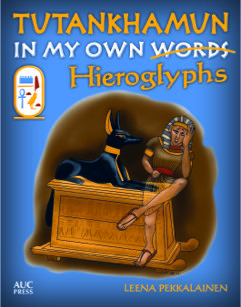 |
|
Tutankhamun: In My Own Hieroglyphs tells the story, for older children, of the life and afterlife of the famous young pharaoh in his own words. Tutankhamun tells us about the trouble he got into as a child in Akhenaten's palace in the new city of Akhetaten, and how he became a boy pharaoh. As we learn, his life changed a lot when he died as a teenager, and long years of boredom started in his tomb with only his pet monkey Fingers and his treasure for company. He did meet some of the Egyptian gods, of course, and had fun scaring off tomb robbers, but it was mostly rather dull. Then one day, some new and strange people, including a Mr. Howard Carter, arrived and began to take all the treasures out of his royal tomb. Fortunately, through the eyes of his beautiful golden mask, Tutankhamun, could have fun again traveling around the world |
Mr Mummific
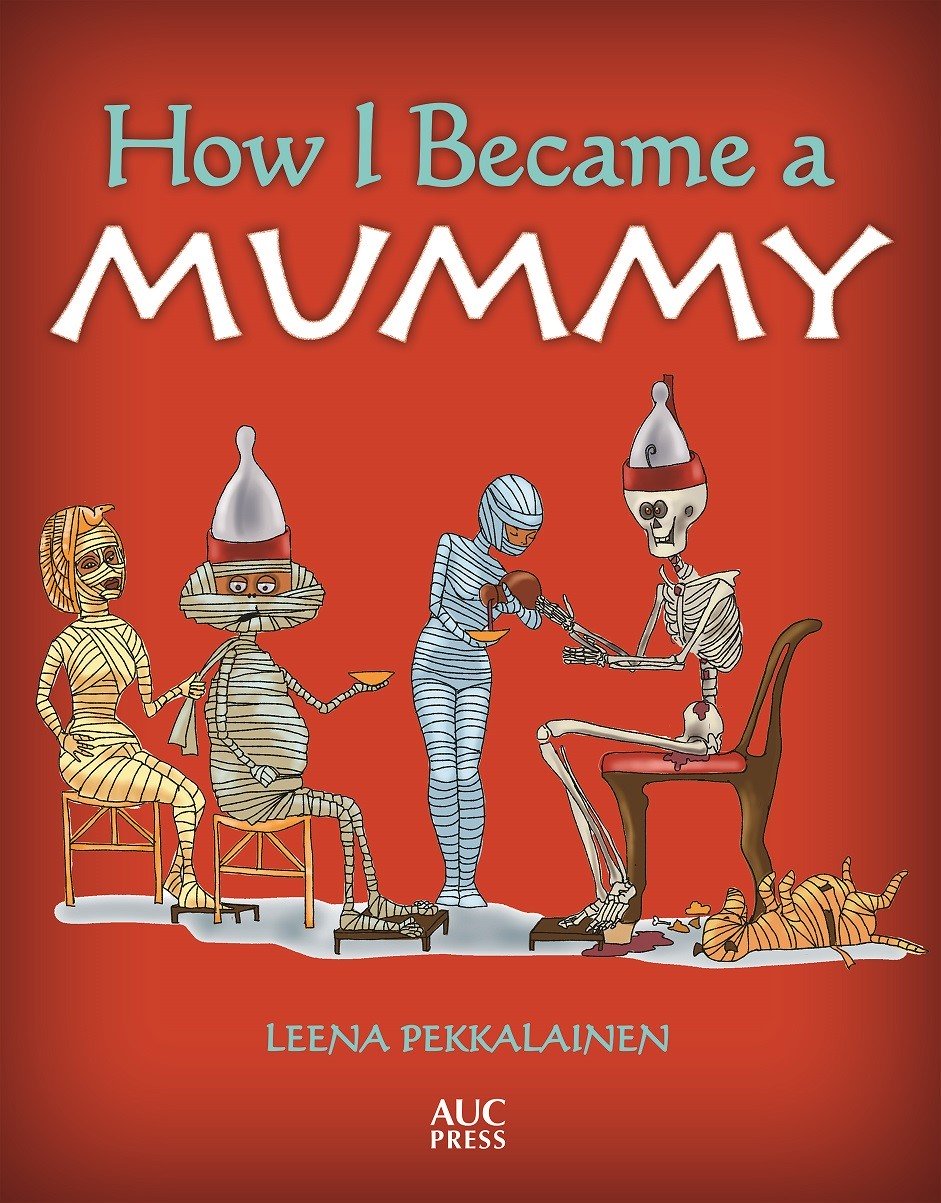
|
An ancient friend of mine, Mr Mummific dictated a book about how he became a mummy - and I was his scribe and artist. The book is available at Amazon.com and Amazon.co.uk On my other website www.ancientagypt101.com he continues his stories about life in ancient Egypt. |
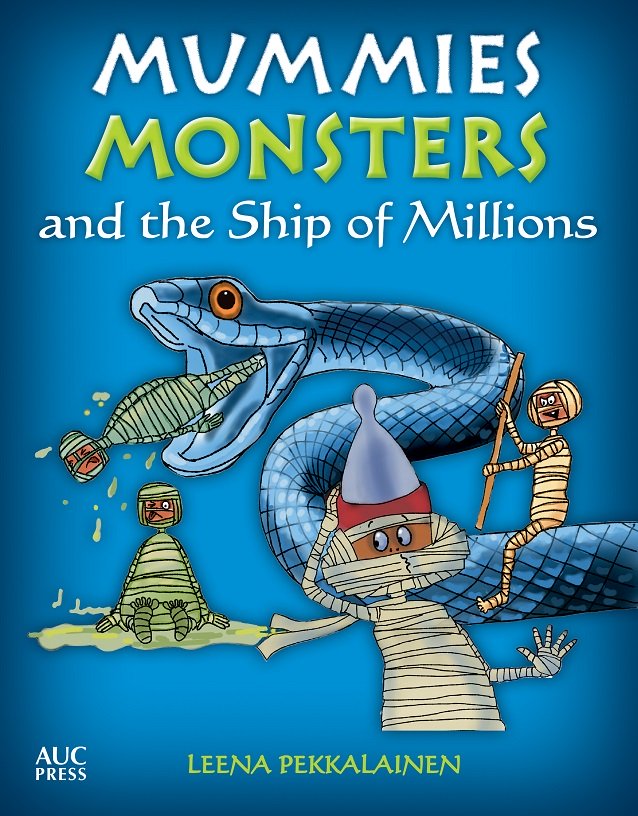
|
Another hilarious adventure for children with Mr Mummific, the mummy with attitude. He now tells the story of his mishaps, misunderstandings and misadventures as he leaves his tomb through the False Door to embark on the complicated and dangerous journey to the Afterlife aboard the magnificent Ship of Millions. Find the book at Amazon.com and Amazon.co.uk |
The Nephilim Quest Series
The first book in an epic fantasy series based on human mythology. The search for the mythical Watchers, the angels who fathered the Nephilim, the half-angels. A story that moves on three levels - our times, ancient Greece and ancient Egypt.
Preview Nephlim Quest 1: Shadowhunter online
***
My Author Website at leenasbooks.com
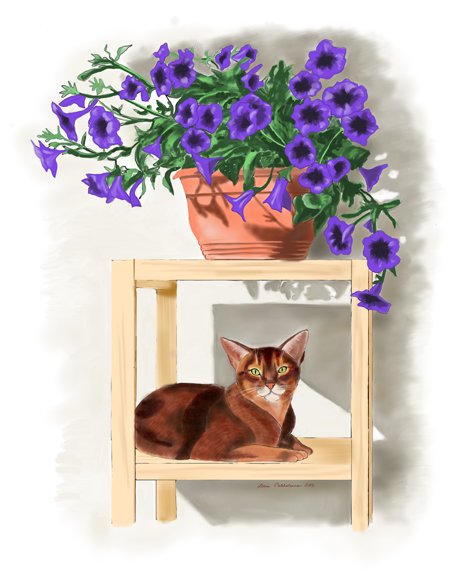
If you are looking for demanding coloring, check:
Online Coloring Books Magazine - No.1
It shows you step by step how to color this pretty Abyssinian cat with flowers. Each page has a color sample, and all the techniques are explained.
